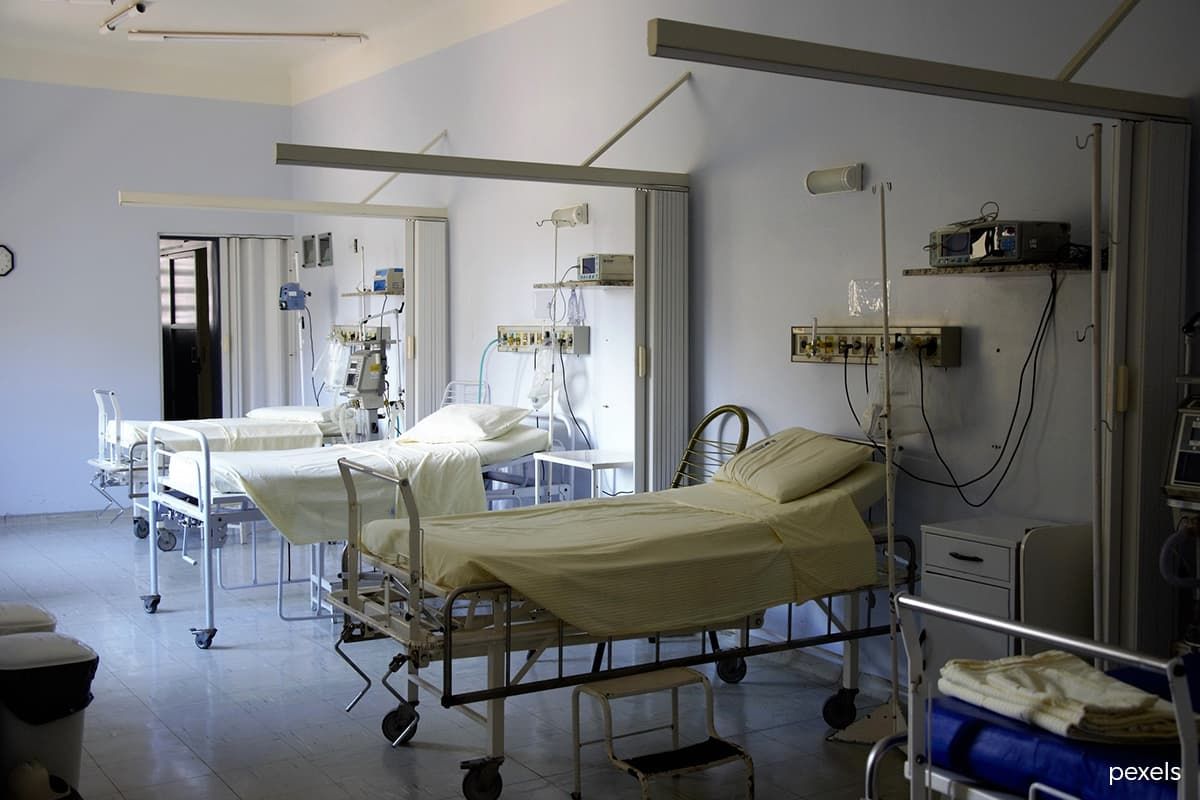Private hospitals: Increase Malaysia's public health expenditure to 5% of GDP in Budget 2023

The Association of Private Hospitals Malaysia said on 18 Aug that the Ministry of Health's proposal to increase the country's public health expenditure to 5% of gross domestic product (GDP), from about 3% currently, should be done under Budget 2023 as the existing public healthcare expenditure is not viable anymore.
马来西亚私立医院协会在8月18日表示,卫生部提议将该国的公共卫生支出从目前的约3%增加到国内生产总值(GDP)的5%,应该在 2023 年预算下进行,因为现有的公共医疗保健支出不再可行。
The association's president Datuk Dr Kuljit Singh said in a statement it proposes that the increase in the country's public health expenditure should enable private general practitioner clinics and private hospitals to work closer with the public sector to promote good health, and contribute to preventive health measures.
该协会主席拿督Kuljit Singh博士在一份声明中表示,它建议该国公共卫生支出的增加应该使私人全科医生诊所和私人医院能够与公共部门更紧密地合作,以促进健康,并为预防性健康措施做出贡献。
"Investment in digital technology using applications on healthy lifestyle intervention, would further help the citizens to have early access to healthcare screening in private hospitals and funded by the government.
“使用健康生活方式干预应用程序对数字技术进行投资,将进一步帮助公民及早获得由政府资助的私立医院的医疗保健筛查。
"Screening centres in private hospitals are well designed to contribute (to) preventive healthcare, in order to align with the national effort.
”私立医院的筛查中心旨在为预防保健做出贡献,为了配合国家的努力。
"In terms of strengthening the primary healthcare system, be it public or private and optimising resources, private hospitals would like to be considered as part of a link in the healthcare ecosystem.
“在加强基层医疗体系(无论是公立还是私立)和优化资源方面,私立医院希望被视为医疗生态系统中的一个环节。
"We may not be the main provider but we might play a role in referral or co-managing the patient, hence [it is] important for us to be able to have better access/ communication with primary healthcare (providers) and public hospitals for better continuum of care for patients," Kuljit said.
“我们可能不是主要提供者,但我们可能会在转诊或共同管理患者方面发挥作用,因此[重要的是]我们能够更好地与初级医疗保健(提供者)和公立医院进行联系/沟通为患者提供更好的连续护理,”库尔吉特说。
He said a huge burden to the government healthcare sector is currently managed by private hospitals, as the latter manages patients who have financial resources to seek private healthcare services.
他说,政府医疗保健部门的巨大负担目前由私人医院管理,因为后者管理有财力寻求私人医疗保健服务的患者。
According to him, private healthcare providers also contribute to the country’s income through international medical tourism.
据他介绍,私人医疗保健提供者还通过国际医疗旅游为该国的收入做出贡献。
"Private hospitals have close to 50 years of experience and would be happy to assist the government in guiding government hospitals in the process of being autonomous and ‘self-sustaining’ as suggested by the Minister of Health.
“私立医院有近50年的经验,很乐意协助政府指导政府医院按照卫生部长的建议实现自治和‘自给自足’。
"Our partnership will not be just confined to treating patients but also in other technical and knowledge sharing of healthcare delivery," Kuljit said.
“我们的合作伙伴关系不仅限于治疗患者,还包括医疗保健服务的其他技术和知识共享,”Kuljit 说。
According to The World Bank's data, which was retrieved on Jan 30, 2022, Malaysia's 2019 health expenditure stood at 3.83% of GDP.
根据世界银行于 2022 年 1 月 30 日检索的数据,马来西亚 2019 年的卫生支出占 GDP 的 3.83%。
Neighbouring countries such as Singapore and Thailand's 2019 health expenditure was indicated at 4.08% and 3.79% of GDP respectively, while Indonesia's figure was reported at 2.9% of GDP.
新加坡和泰国等邻国 2019 年的卫生支出分别占 GDP 的 4.08% 和 3.79%,而印度尼西亚的数字则占 GDP 的 2.9%。
On 15 Aug, Bernama reported that Malaysia's Health Ministry is seeking for public health expenditure to be increased to 5% of GDP to ensure Malaysia has a world standard public health system in future.
马新社在8月15日报道说,马来西亚卫生部正在寻求将公共卫生支出增加到GDP的5%,以确保马来西亚未来拥有世界标准的公共卫生系统。
Health Minister Khairy Jamaluddin had said the benchmark for public health expenditure for an upper middle-income country is between 4% and 5% of GDP.
卫生部长Khairy Jamaluddin曾表示,中高收入国家的公共卫生支出基准在 GDP 的 4% 至 5% 之间。
Nonetheless, Malaysia, he said, is currently only allocating 2.59% of GDP for public health expenditure, thus causing many patients to complain of the long wait to get services such as magnetic resonance imaging or computed tomography scan in government hospitals.
尽管如此,他说,马来西亚目前仅将 GDP 的 2.59% 用于公共卫生支出,因此导致许多患者抱怨在政府医院等待获得磁共振成像或计算机断层扫描等服务的时间很长。
